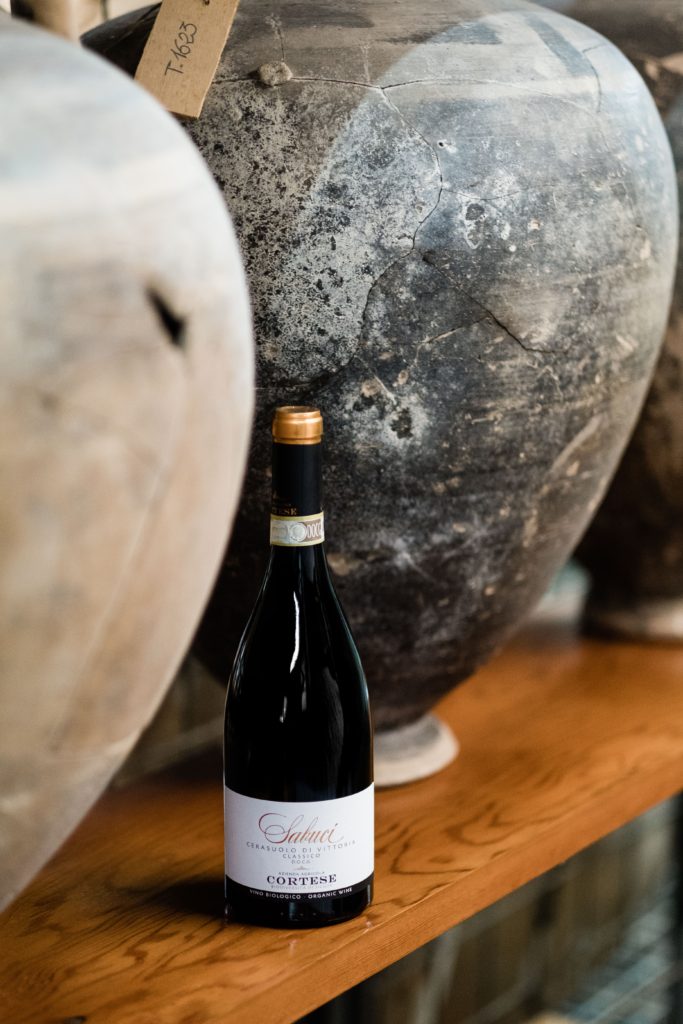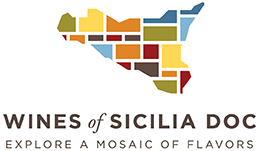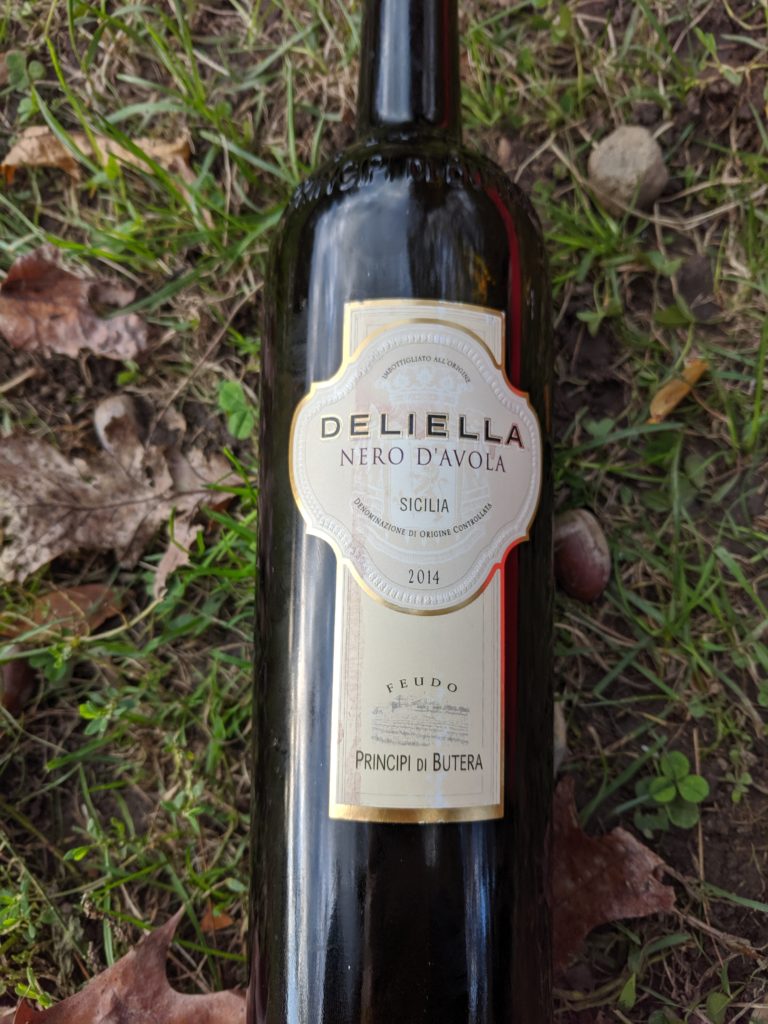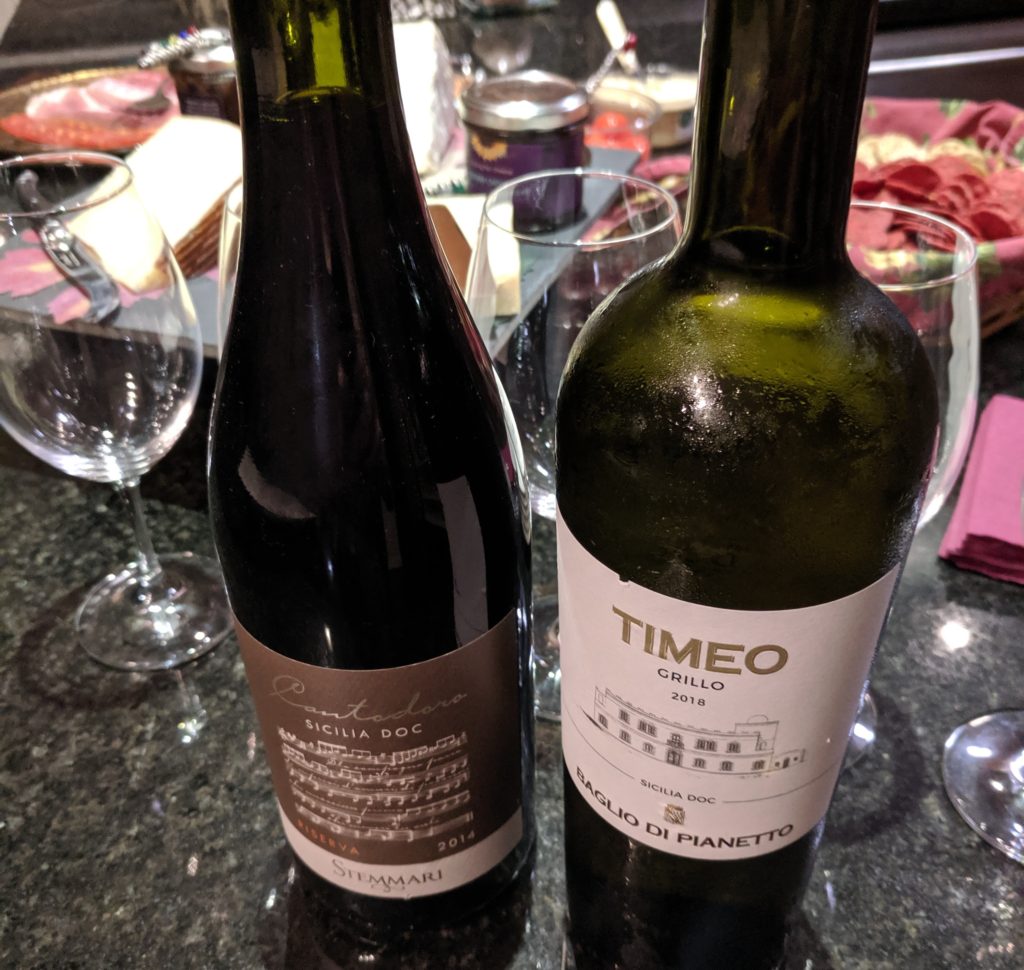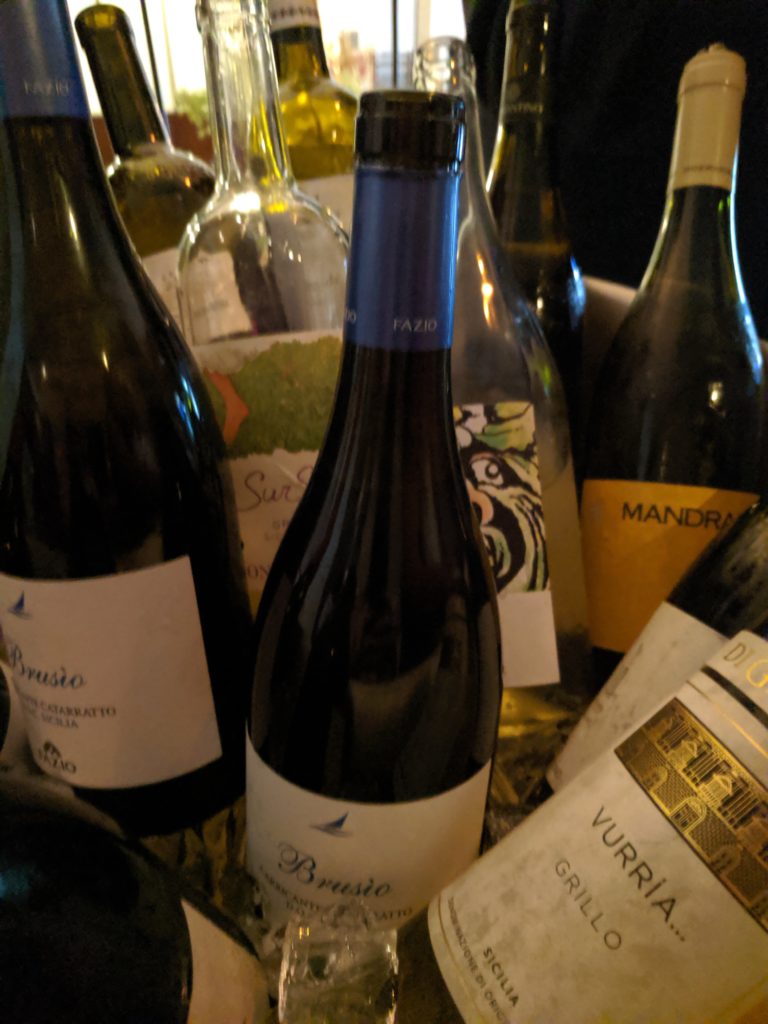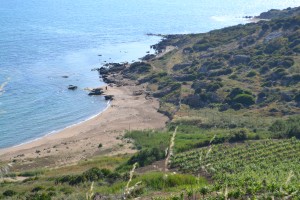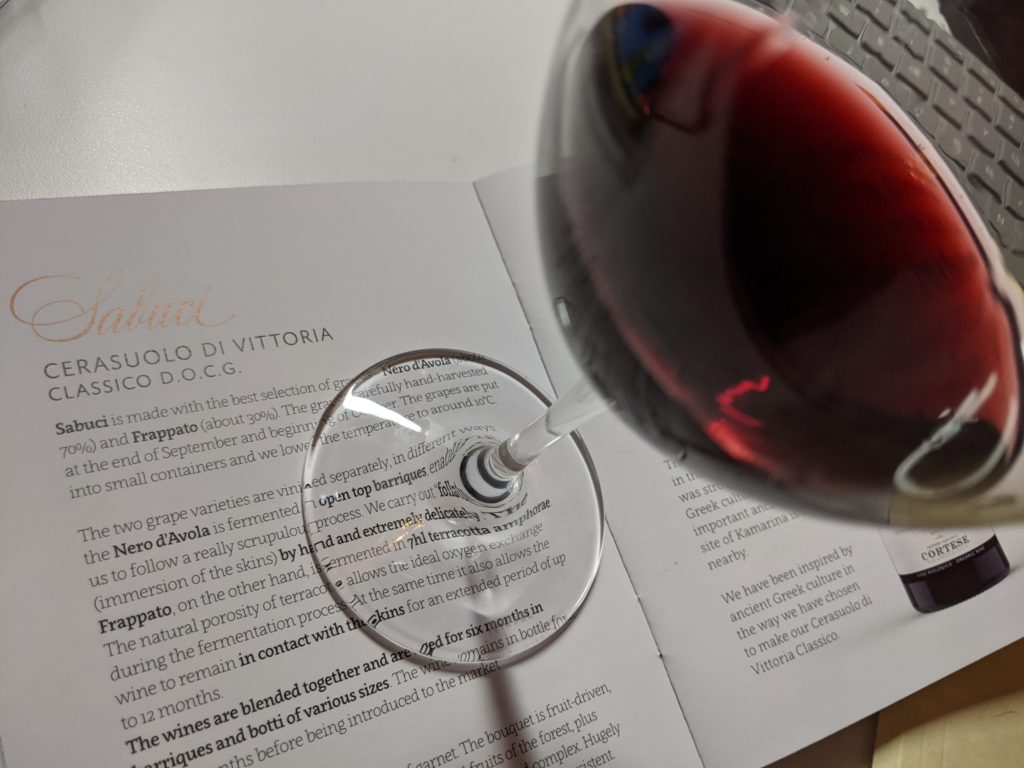
This wine was a wonderful surprise in so many ways. I had been in touch with the winery – Azienda Agricola Cortese – back in March and then as the world fell apart, I forgot all about that exchange. Then on the day of my actual birthday last month, my husband handed me an unexpected package – it was the Cortese wine. Happy birthday, indeed!
Not paying full attention to the “gift,” I stuck the bottle in the refrigerator thinking that it was a white wine. Why? I’m not entirely sure, but I think I was confusing the winery’s name – Cortese – with the grape of the same name, which is a white variety.
So, one evening when my husband and I were about to have dinner (Branzino stuffed with tomatoes, capers and olives), we reached into the fridge, pulled out the Sabuci wine and proceeded to open it to enjoy with dinner…until we discovered that it wasn’t white at all, but red.
While I don’t think that there is only one right wine pairing, I do generally shy away from reds with delicate white fish since the wine can cause a metallic taste in the fish. Instead, we opened up a Chardonnay and permitted the red wine to warm up after its lengthy chill.
An hour or so after dinner, when the fish was merely a memory, I poured a glass of the Sicilian wine and turned my attention to what was in the glass. It was such a lovely discovery!
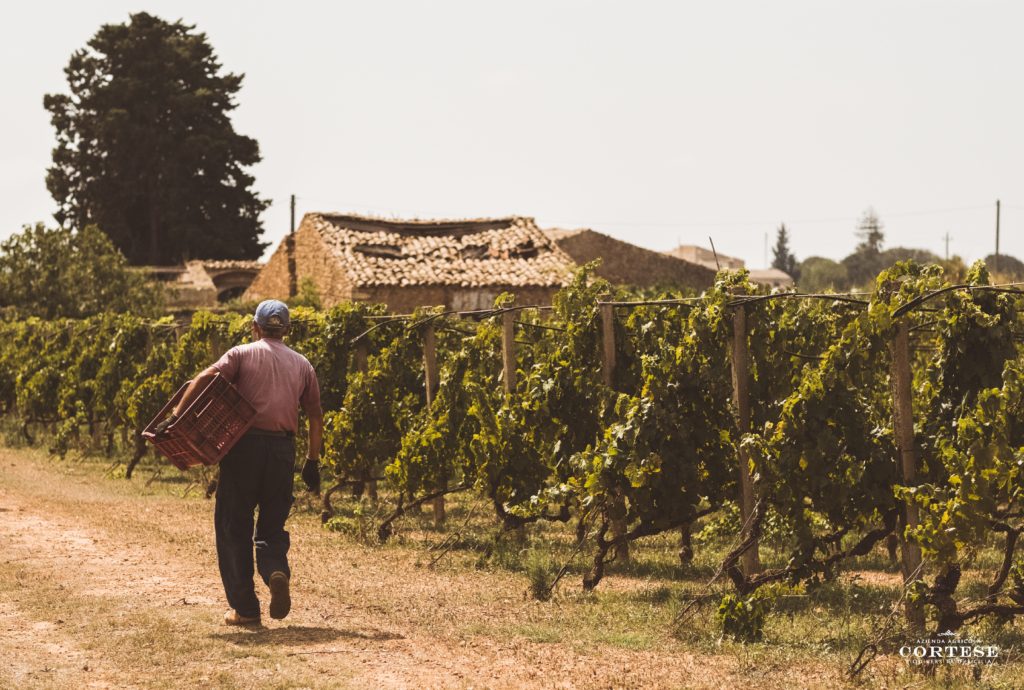
Azienda Agricola Cortese was initially owned by Giovanna Cortese. However, as Giovanna became older, she recognized that she was unable to maintain the winery on her own and, since none of her family members indicated an interest in taking over, she set out to sell the estate. After six years of intense negotiations, the winery was purchased by Stefano and Marina Girelli of Trento, Italy. The two were keenly aware that Sicily was a great wine producing region with significant potential and seized the opportunity to make their mark with organic, low-intervention wines.
Part of their La Selezione range, the grapes for the Sabuci Cerasuolo di Vittoria DOCG are grown within the Cerasuolo di Vittoria DOCG denomination, which is situated in the south central part of the island. More specifically, the Sabuci Cerasuolo di Vittoria hails from a small hamlet of the same name, which has been an important area for wine production ever since the Greeks established vineyards there.
This organic wine is a blend of the indigenous varieties of Nero d’Avola (70%) and Frappato (30%). The former is fermented in barriques, while the latter is fermented in 7hl terracotta amphorae, further drawing on the wine’s historical roots. The wines are then blended together and aged for six months in various vessels before being bottled and eventually released.
After tasting the Sabuci wine, it is clear that the Girelli’s are truly harnessing the potential of their winery. It was truly a very welcome surprise in a glass!
TASTING NOTE
Sabuci Cerasuolo di Vittoria DOCG 2016, Sicily, Italy, $20.00 (estimate)
This wine delivers plush aromas of berries, plum and cranberry with an undercurrent of herbal notes, namely wet leaves and tobacco, along with vibrant acidity, medium+ body and long length.
